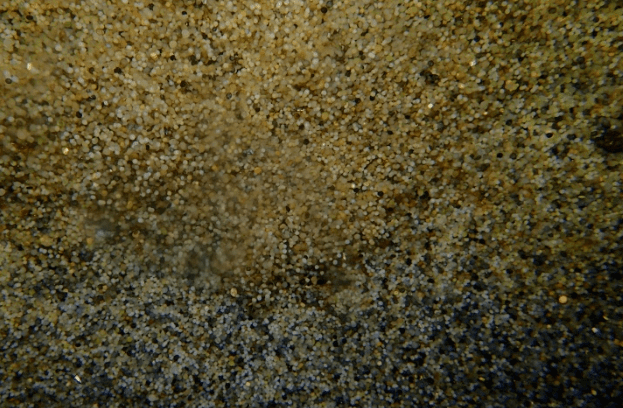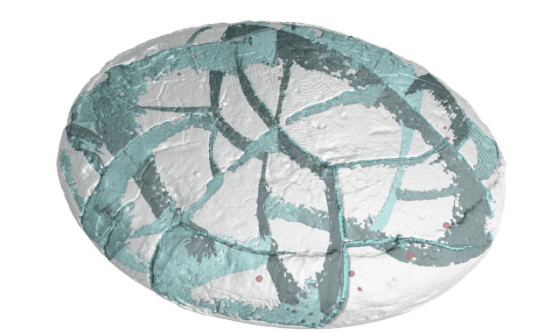There are more than 5 billion plastic particles floating on the surface of our oceans, causing significant damage to organisms, fragile underwater ecosystems and even the climate. Until now, it has only been possible to determine how long it takes for plastics to completely degrade by extrapolating from laboratory data. But a recent study by researchers at the University of Stuttgart of plastic particles released in a Red Sea shipwreck has led to a better understanding of the aging degradation of plastics, with results published in Scientific Reports on July 13, 2022.
That shipwreck has indirectly dedicated value to scientific research. In June 1993, the SS Hamada cargo ship was severely damaged by heavy waves over a coral reef off the coast of Egypt, breaking in two and sinking in the middle of a marine nature reserve loaded with plastic pellets. But the disaster also provided an opportunity for scientific research, as some plastic particles were washed up on the beach, while the rest remained in the flooded hold of the sunken ship. Until today, this provided the first opportunity for researchers to conduct a comparative study of the degradation of plastic particles under very different conditions.

Plastic pellets in shipwrecks: 20 years after the disaster, underwater degradation has barely occurred

Plastic pellets on the beach: degradation of pellets is already in full swing
It was previously estimated that it would take centuries to thousands of years for polyethylene (one of the most common plastics) to completely degrade in the ocean.
However, these numbers are subject to considerable uncertainty, as these extrapolations are largely based on test results in the laboratory.
"So far, long-term studies of plastic degradation in the ocean have been lacking because, among other things, the exact timing of plastic waste degradation cannot be determined," said Dr. Franz Brümmer and Prof. Uwe Schnepf from the Institute for Biomaterials and Biomolecular Systems (IBBS) at the University of Stuttgart.
The consortium led by the two scientists includes the Scientific Diving Group (WiTUS) and the Institute for Polymer Technology at the University of Stuttgart, the German Aerospace Center (DLR) and partners in Egypt. In 2016, plastic particles were initially collected from shipwrecks (during scientific dives) and beaches. In the latter time, the consortium examined these pellet samples using different methods.

3D image of plastic particles with cracks shown in blue
Microscopic, chemical and mechanical tests soon revealed the main differences in the degradation process between the two cases. showed signs of degradation compared to the original reference samples. In contrast, plastics on the beach exhibited changes at all structural levels, and these findings provide further evidence that plastic degradation is relatively slow under saline conditions, while UV radiation and high temperatures on the beach are the main factors for plastic degradation on the beach. Future long-term research should focus on the underlying mechanisms and temporal factors of plastic degradation.
While the degradation of plastic particles on the beach is almost complete, those trapped in the wreck 18 m underwater show little sign of degradation," Brümmer and Schnepf said. Therefore, the results of the Stuttgart study contribute to a better understanding of the effects of various environmental factors such as UV radiation, high temperatures and large temperature differences on the degradation of plastics by aging, thus providing a more accurate information knowledge point on the degradation of plastics in the ocean.

